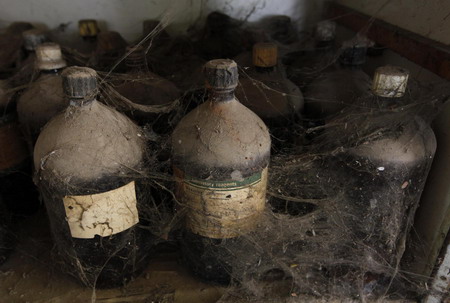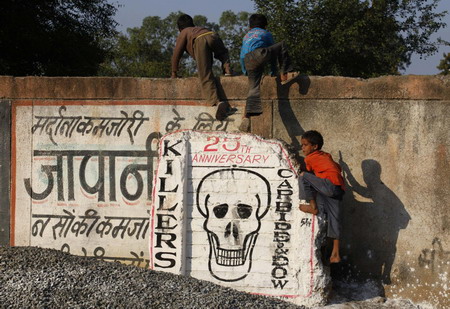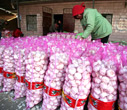Asia-Pacific
Anguish lingers 25 yrs after India gas leak
(Agencies)
Updated: 2009-12-03 15:01
|
|
BHOPAL, India: It was seen as a symbol of the new emerging India -- a factory that would not only generate thousands of jobs, but manufacture cheap pesticides for millions of farmers.
But the Union Carbide plant in the central city of Bhopal left a more potent legacy when it accidently released toxic gases into the air, killing thousands of people and causing many more to suffer in the world's most deadly industrial disaster.
A quarter of a century on, the derelict factory stands abandoned, but behind its locked iron gates lies what environmentalists say is "a disaster within a disaster" -- a highly polluted site which, according to a new study, is slowly poisoning the drinking water for thousands of Indians.
"Our findings suggest that the entire site is highly contaminated," said Sunita Narain, director of the Delhi-based think-tank, the Centre for Science and Environment (CSE), which in October tested the toxicity levels of ground water and soil samples in and outside the plant.
"The factory site in Bhopal is leading to chronic toxicity, which is a continuous tiny exposure leading to poisoning of our bodies."
In the early hours of December 3, 1984, around 40 metric tonnes of toxic methyl isocyanate (MIC) gas leaked into the atmosphere and was carried by the wind to the surrounding slums.
The government says around 3,500 died as a result of the disaster. Activists however calculate that 25,000 people died in the immediate aftermath and the years that followed.
"Botched" Clean-up
Activists and health workers say a further 100,000 people who were exposed to the gas continue to suffer today.
Sicknesses range from cancer, blindness, respiratory difficulties immune and neurological disorders, female reproductive disorders as well as birth defects among children born to affected women. But activists and lawyers representing the affected populations from the nearby slums say the tragedy of this disaster is that it continues unabated.
"After the disaster, Union Carbide did this botched site remediation and created a massive landfill," said Rajan Sharma, a New York-based lawyer, who is demanding that US company Dow Chemicals clean up the site and purify the water supply.
"There are thousands of tonnes of toxic chemical waste which have been not been properly disposed inside and just outside the factory site, which have been seeping into the ground for years."
Around 340 metric tonnes of chemical waste are stored in a warehouse inside the plant and needs to be disposed of.
|
 Chemical bottles are left in the former laboratory of a Union Carbide Corp, now part of Dow Chemical Co, pesticide plant in Bhopal December 1, 2009, which in December 1984 developed a toxic gas leak resulting in thousands of people dying in the aftermath, in what is called one of the world's worst industrial disasters. [Agencies] |












